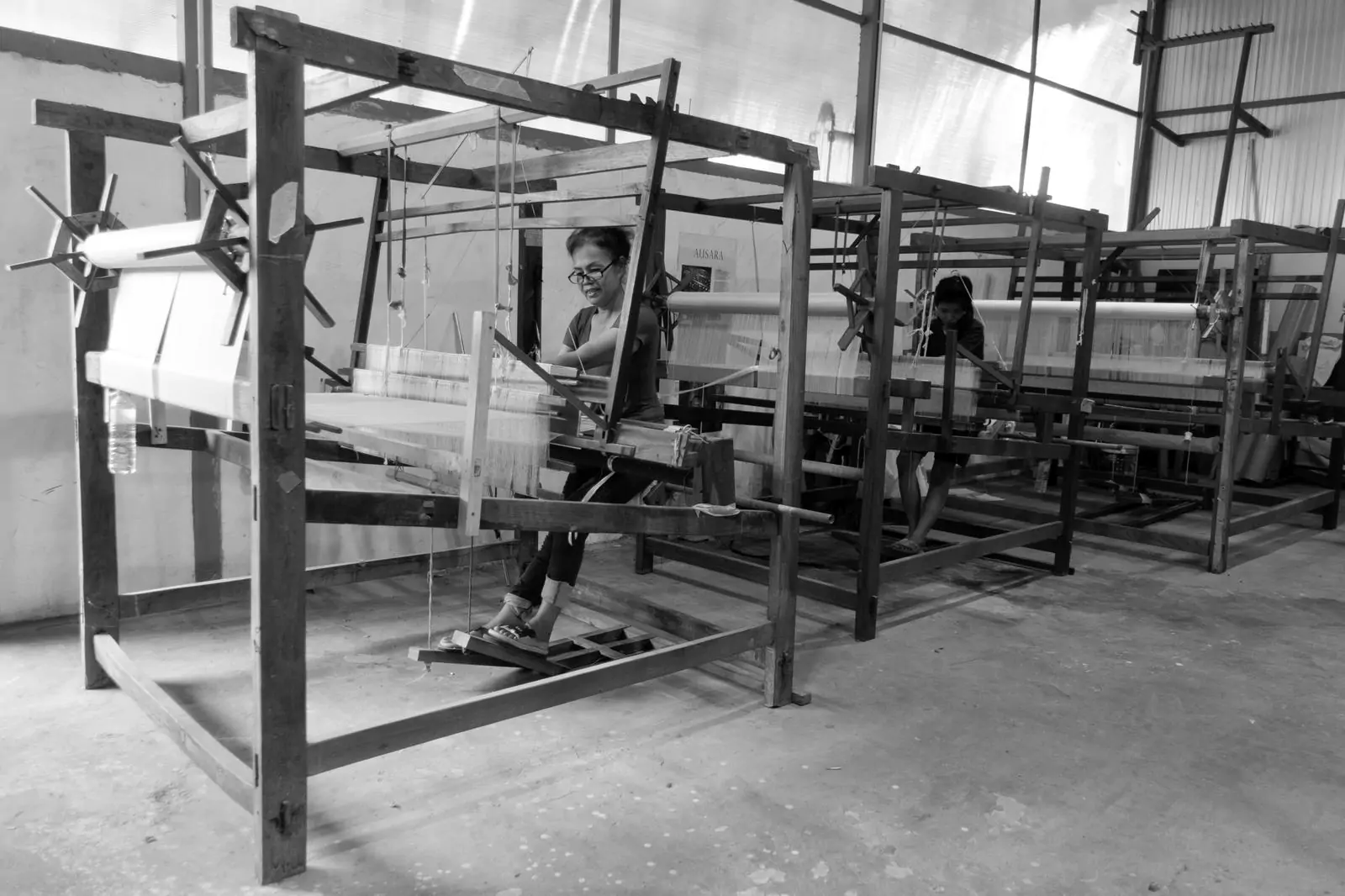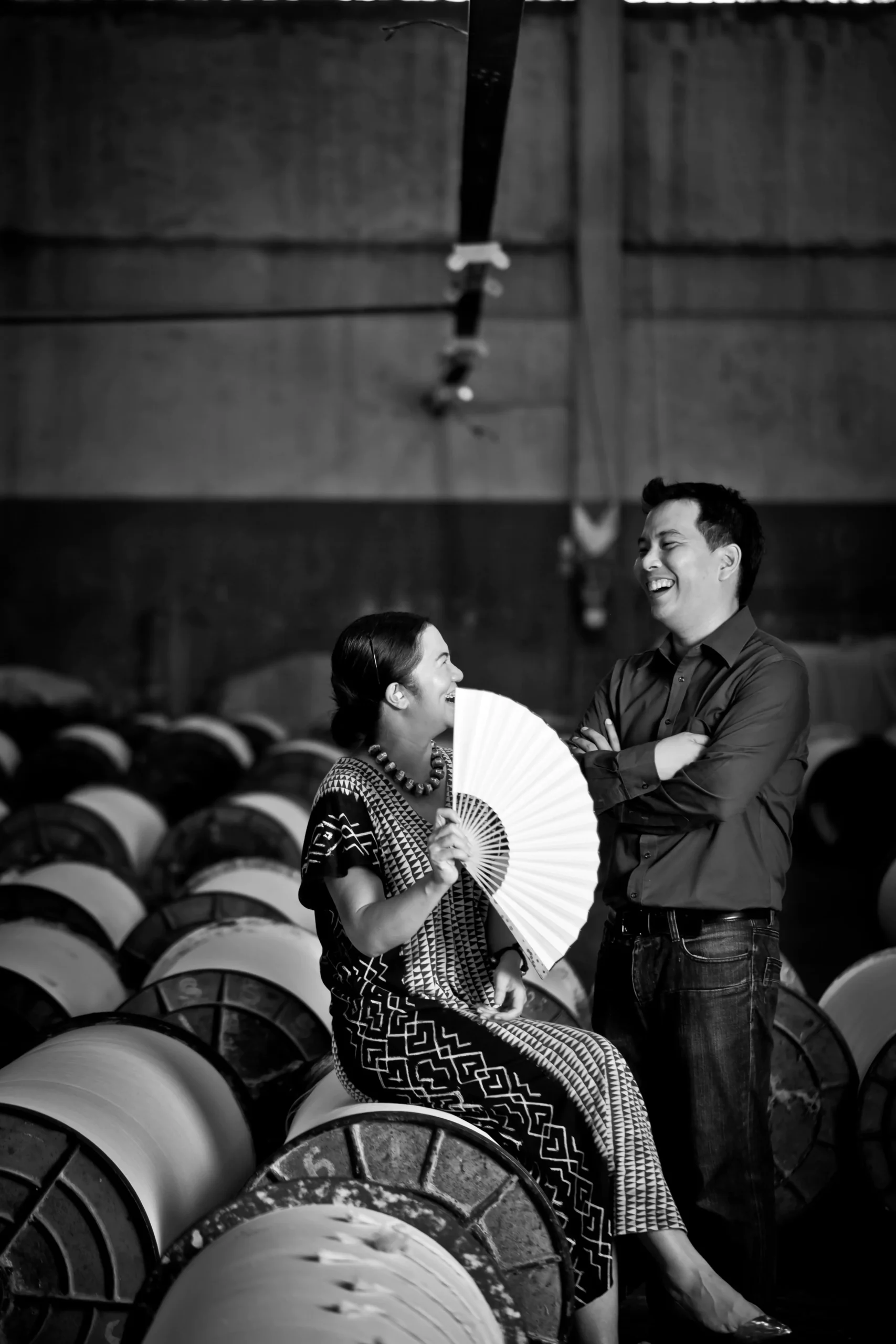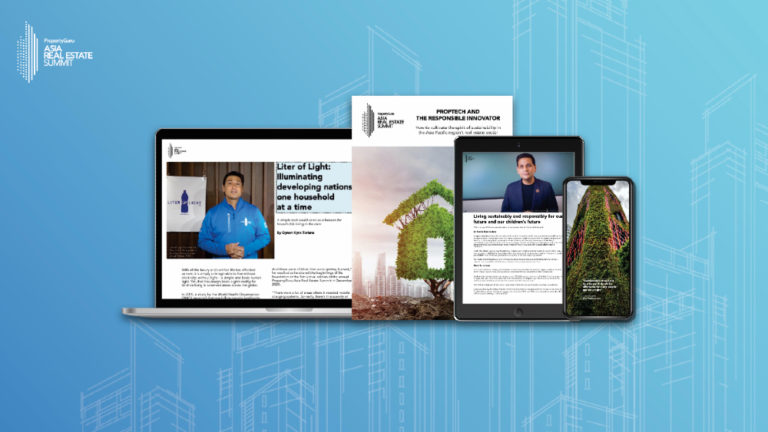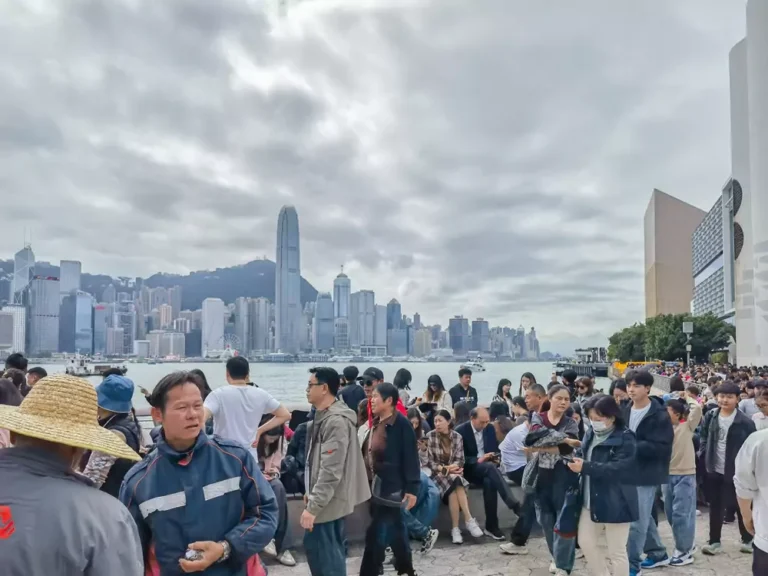This duo is revolutionising textiles by blending traditional craft with cutting-edge design
Ausara Surface applies a passion for exploration to experimental textile collections that combine traditional craft with innovative fabrication techniques

Jarupatcha “Pook” Achavasmit can’t remember how many sewing machines she almost destroyed as a child.
Growing up with her seamstress grandmother, the house on the outskirts of Bangkok was always packed with imported Singer machines awaiting resale.
“I’d wander around, paddling the pedals and breaking all the needles. I was so mischievous,” she recalls. “Finally, when I was about three years old, my grandmother had enough. She sat me down on her knee and taught me how to sew. That’s really where it all began.” A few years later, Pook’s world expanded further. Bored in her botanist mother’s lab, she magnified her favourite Hello Kitty handkerchief under a microscope. “I remember it was 150 times bigger. I could see the entire structure,” she says. “It was so beautiful that I knew immediately that I had to learn how to weave.”
Pook pursued this passion at King Mongkut Institute of Technology (KMIT) in Thailand, exploring textile, ceramic, and furniture design. Her academic journey then led her to the University of Michigan for a master’s degree in fine arts and later to Central Saint Martins in London for advanced studies in weave design.
During those early days, we questioned our sanity. We wondered how people would perceive our unconventional textiles. But our initial clients believed in us. Sometimes I still think our clients are crazier than us!
Throughout her time abroad, Pook kept in touch with close friend and fellow design student Shoson Thatawakorn. Shoson, a few years her junior at university, had a similarly creative upbringing, spending hours dismantling and reconstructing household objects, setting fires, and experimenting with chemical reactions. “My family wasn’t too pleased when I almost burnt down the house!” he says. His path also took him to KMIT, where he focused on product design, specialising in ceramics and textiles.
Upon returning to Thailand and taking up a lecturing post at KMIT, Pook collaborated with Shoson on projects under the guidance of the world-renowned Alexander Lamont. It was during this period that the seeds were sown for their innovative venture, Ausara Surface.
Since its launch in 2013, the duo’s complementary skills have been the cornerstone of Ausara’s success. Merging Pook’s weaving expertise with Shoson’s scientific acumen, they began crafting striking, vertical metal textiles for diverse applications such as walls, panels, blinds, room dividers, and hanging sculptures.
Shortly after completing their first batch of swatches, Ausara received an order from the renowned Thai interior design firm PIA. Within months, Pook and Shoson’s work was showcased in the lobby and sales unit of Ashton Silom, then one of Thailand’s most expensive condominium developments.

“During those early days, we questioned our sanity,” Pook reflects. “We wondered how people would perceive our unconventional textiles. But our initial clients believed in us. Sometimes I still think our clients are crazier than us!”
Their distinctive approach is categorised into two main areas: floating sculptures and hard panels. The floating sculptures, crafted from light metal weaving, exploit the advantages of metal fabric—shiny, lustrous, luxurious, yet remarkably lightweight. This allows for suspended installations without additional structural support, blending aesthetics and practicality. For hard panels, they manipulate the malleability of metal fabric, creating origami-style wall coverings through laminating, wrapping, warping, and curving.
This nuanced approach has set Ausara apart in recent years. Shoson notes a significant shift away from self-production among major labels in America and Europe. Historically, the emphasis was on inventiveness and introducing new concepts, often influenced by French design. However, the present trend sees labels creating samples and outsourcing production to countries like China, India, and Mexico.
The outsourcing trend, Shoson observes, has contributed to a certain homogeneity, diluting the uniqueness that once defined the industry. The challenges escalated during the pandemic, with production issues in China due to the US trade war and Europe grappling with cost constraints.
The pandemic subtly impacted other aspects of the business. When the world paused, Pook, like many, found herself with ample time for reflection. Escaping Bangkok for the nearby seaside resort of Hua Hin, she spent evenings walking along the coast, disheartened by the constant stream of rubbish washing up the beach. “I felt sorry for the ocean because the waves were tirelessly returning plastic and trash, one wave after another,” she says. “So, I thought, okay, it’s time we take care of our planet.”
The solution was to embrace sustainable materials, particularly agricultural waste that is abundant in Thailand. The process involves meticulously flattening corn husks—otherwise unusable even for animal feed—and applying metal powder and dust. The result: panels crafted from what was once considered waste.
Moreover, since Ausara predominantly works with metal, a material almost entirely recyclable, the business naturally operates sustainably. Their minimal use of chemical dyes and pigments, instead relying on the patina technique, further underscores their commitment to the environment.
This shift towards greater sustainability wasn’t just an internal decision, but a response to evolving client expectations. As Pook notes, luxury brands and five-star hotels, once hesitant to use recycled materials, now embrace them as a statement of environmental responsibility.
“We’re lucky because we work in the luxury segment and therefore have the luxury to afford the extra costs associated with upcycling,” she explains. “But for those operating in the mass market, it’s still not compatible. It’s not possible to compete with the virgin material. If the whole world is to be more sustainable, then we have to beat it with an economy of scale.”
Ausara’s recent foray into repurposing agricultural waste reflects not just a commitment to sustainability but also its founders’ inherent curiosity. From mischievous childhoods driven by a spirit of inquiry to pushing the boundaries of metal weaving, Pook and Shoson’s lifelong journey continues to be shaped by their dedication to turning the ordinary into the extraordinary.
Ashton Silom
In Ashton Silom’s design, hand-patinated brass fabric transforms from a mere decorative element into a living narrative. Shoson describes it as a canvas that “breathes and changes,” acquiring a patina that tells its own story, adding depth and authenticity to the space. Complementing this is the use of handwoven multimedia for artwork display. These tactile, immersive pieces transcend traditional two-dimensional art, introducing a textural dimension that captures craftsmanship and artistry. “Together, these elements redefine the interior as an evolving work of art, at the forefront of contemporary design trends.
CAMIN
The walls of this Bangkok restaurant are adorned with captivating artworks, with art meeting innovation in pleated copper fabric. These pieces, emulating a vibrant school of fighting fish, underwent a transformative heating and handplating process. Pook describes the result as “a stunning display capturing the essence of aquatic motion and the mastery of craftsmanship that transcends conventional art, inviting diners to immerse in the dynamic beauty of pleated copper. This medium breathes life into an underwater ballet, blending nature’s elegance with artistic expression.”
Hyde Heritage
At The Hyde Heritage in Bangkok, elevating luxury to an art form involved a unique touch—giant-scale handwoven leather panels that elegantly cloak the lift tube. Each panel is meticulously crafted, bearing individual designs that showcase the artistry of handweaving. “Assembled onsite with stainless steel bands, these panels seamlessly unite, concealing seams and transforming the lift space into a seamless canvas of tactile opulence,” Shoson says. “The result is not merely a functional lift but an immersive journey through craftsmanship and design, where handwoven leather becomes a living tapestry of elegance, making each ascent or descent at The Hyde Heritage an artistic experience.
Quinn
The attention-grabbing lobby at this upscale Bangkok condo building is defined by its breathtaking brass fabric chandeliers. Designed with multiple layers of hand-formed and patinated brass fabric, these chandeliers are not mere light fixtures but dynamic artworks. “The interplay of light and shadow on the textured brass layers creates a mesmerising display, turning the ceiling into a canvas of ever-shifting beauty,” Shoson says. “The intricate art of hand-forming and patination transforms raw materials into luminous sculptures, elevating the ambience, leaving an indelible imprint of sophistication on the space.
Marriott Surawong
The Marriott Surawong is a testament to handwoven textile artistry. Its walls blend stainless steel stripes, supple leather, and natural fibres, “creating a tactile masterpiece that transcends conventional wallcoverings,” according to Pook. The randomness of the repeat pattern adds organic charm, making each inch a unique craftsmanship expression. “It becomes more than a hotel; it’s a sensory canvas where traditional techniques meet contemporary luxury.”
The One Bangkok
The One Bangkok features meticulously crafted pure brass coverings, undergoing a double lamination process and merging with grasscloth wallcoverings. Pook describes this as “a dual visual spectacle, reflecting light with metallic brilliance, transforming the space into an ethereal realm. The brass covering, soft to the touch, invites tactile exploration, creating a symphony of metallic sheen and gentleness, elevating the sensory experience in a harmonious union of opulence and craftsmanship.
The original version of this article appeared in PropertyGuru Property Report Magazine Issue No. 182 on issuu and Magzter. Write to our editors at [email protected].
Recommended
Exploring the impact of shifting demands on the future of Philippine real estate markets
Developers and investors are adapting to pressures while tapping into numerous advantages to drive the nation’s real estate sector
ARES White Paper Volume 3: The era of adaptive reinvention
Pioneering sustainable and innovative practices in urban development
ARES White Paper Volume 2: Unravelling the power of data revolution in real estate
Insights on proptech, smart cities, and sustainable development
ARES Digital White Paper Volume 1: The fundamentals of responsible building
Green and climate heroes join forces to discuss how Asia Pacific can weather the current environmental crises and the looming effects of climate change












